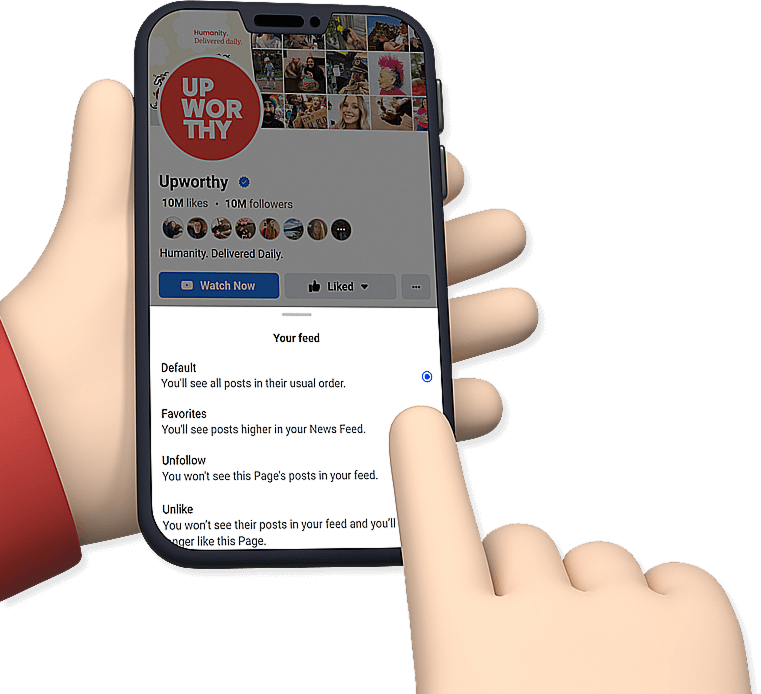Voice actor explores the 100 year journey of women using baby voices in movies and TV
Come for the incredible voice acting. Stay for the awesome history lesson.
Tawny Platis gives an incredible vocal performance and even more incredible history lesson.
It’s always fun to watch talented voice actors do their thing, but it's even better if it makes you think in the process. Tawny Platis is certainly a voiceover artist who can deliver both. Just a few seconds of scrolling through her Instagram, and you’ll find all sorts of videos that are delicious for both your ears and your brain—from explaining how to use your voice to be taken seriously to breaking down how AI voices really work, and more.
But one of Platis’ most recent videos, where she takes you on a 100-year journey through the evolution of women using “baby voice,” really takes both entertaining and educational aspects up a notch.
“This is a quick funny little recap of something that has a huge complicated history,” Platis writes in her video’s caption before effortlessly flitting from ultra recognizable character voices which might seem superficial, but have “been a strategic part of women’s culture forever.”
For the 1920s–1940s era, Platis dawned a high-pitched, sing-song, Betty Boop-esque flapper style voice she dubbed the “Cartoon Coquette,” which she noted was “created to rebel against serious Victorian womanhood” and which allowed women to express themselves in a flirtatious way without seeming too threatening or loose.

Moving onto the 1950s–70s, we have Marilyn Monroe’s signature “Breathy Baby” voice, which was used to “mask a childhood stutter” and subsequently became "branding genius” and, similarly, became a way of appearing “non threatening” to the other sex who might feel “emasculated by a woman’s independence."

Then you have the “Valley Girl” voice of the 1980s–90s, which you might not immediately link to a baby voice, until you consider that it served as a “social function” to “survive in a world that tells us smart girls aren’t cool.” So in this case, "airheaded speech” actually “created sisterhood,” Platis noted, “during an era of intense economic competition.”

The Valley Girl then evolved into the 2000’s “Reality Blonde,” aka the Kim Kardashian/Paris Hilton vocal fry so many people have STRONG feelings about. As Platis explained, this vocal placement, however dumb it sounds, was a “calculated business strategy"—essentially a way to “monetize” being "underestimated."

Pulling off a perfect Jennifer Coolidge impression, Platis then dived into what she called the “Camp Queen” of the 2010s. Again, I personally never would have labeled this as a baby voice, but it totally makes sense when Platis breaks down how it really is “baby talk that’s 'so exaggerated it’s now satire,'” used to make you “question why you thought women who sounded like this weren’t really that smart.”

Last but certainly not least, Platis delivers the 2020s “Bimbo Reclamation” voice, which aims to “be adorable and disarm the patriarchy.” It’s attention-grabbing, performative, and very self-aware. As Platis said, “the girlies who get it, get it, and the girlies who don’t, don't."

Watch the magic happen here:
Wow, what a fun ride, right? Just so much to love here. Platis’s amazing talent, finding a new appreciation for the way women have navigated a patriarchal society throughout history, learning how seemingly unrelated trends are actually connected, and of course, discovering how our own collective psychology is reflected in literally everything.
Judging from the comments, I wasn't the only one who enjoyed watching:
“Now this is the history class I can actually stay awake for. Very well explained.”
“Yes thank you! I love when a video explains random thoughts that have been flying around my brain for years.”
“Everything you said was factual to the tone and era. Good job.”
“Bruh your talent is phenomenal! Thanks for educating us in a funny manner.”
“Love your deep dives into voice trends 💕”
For even more awesome videos just like this one, give Platis a follow on Instagram.




